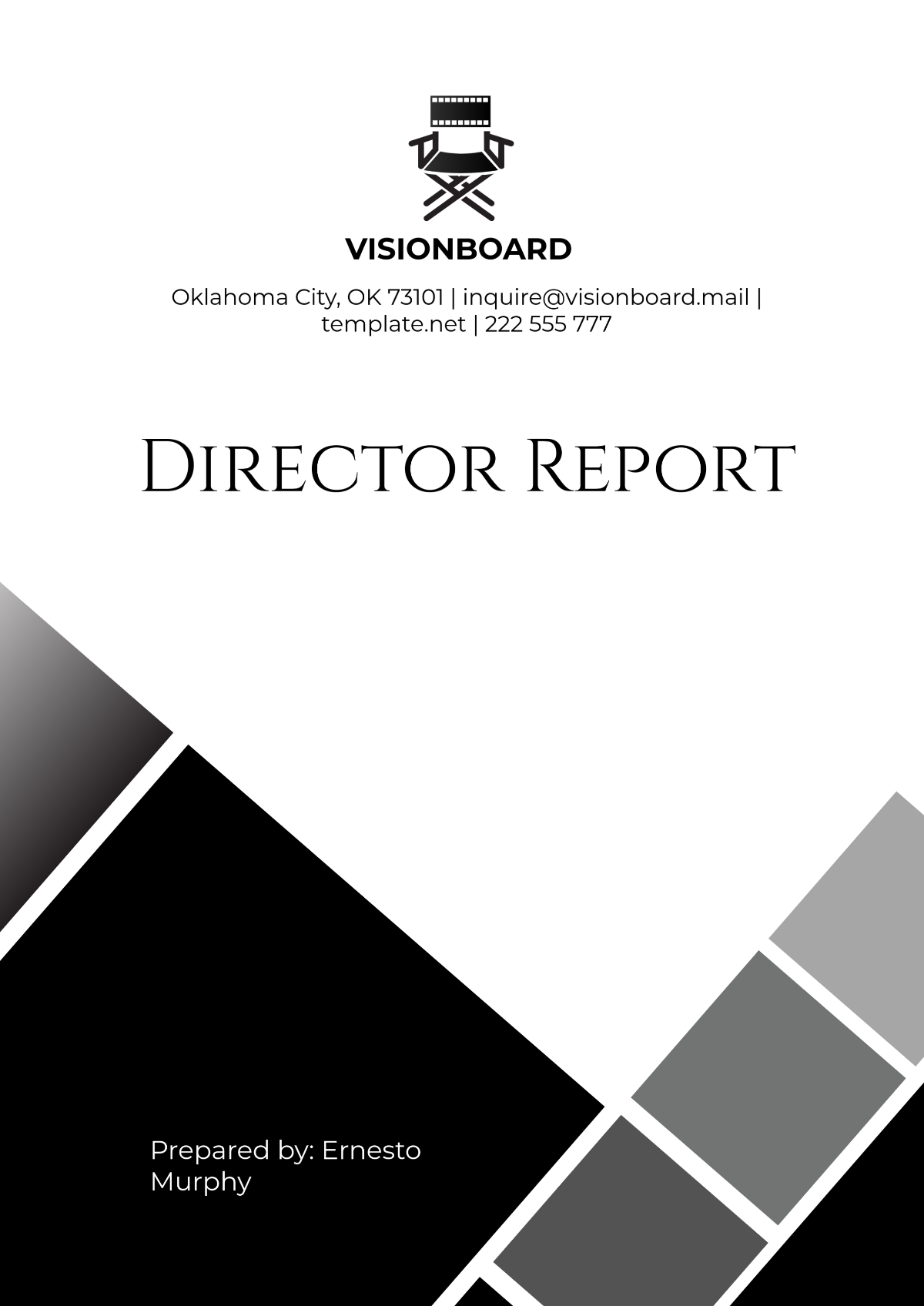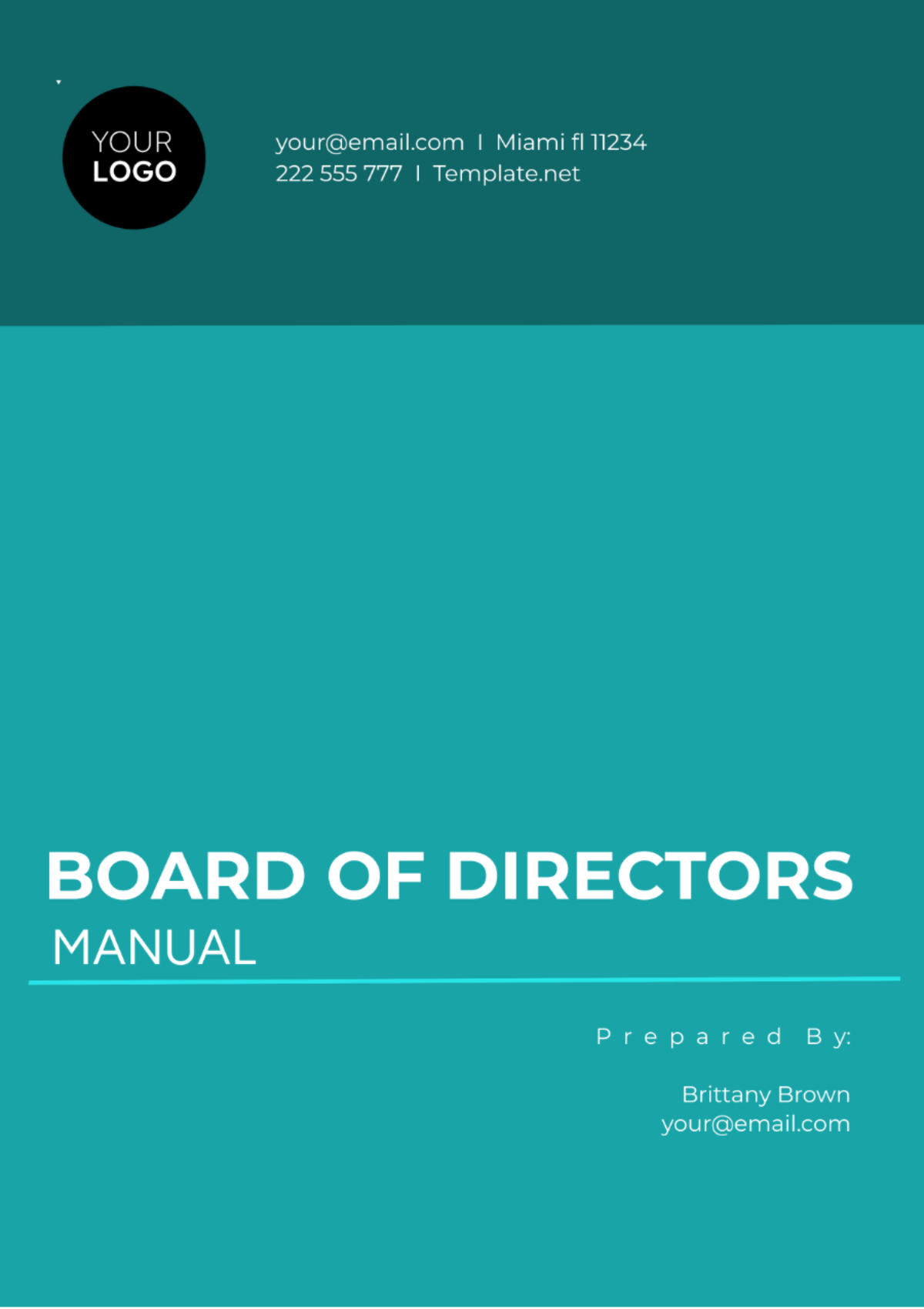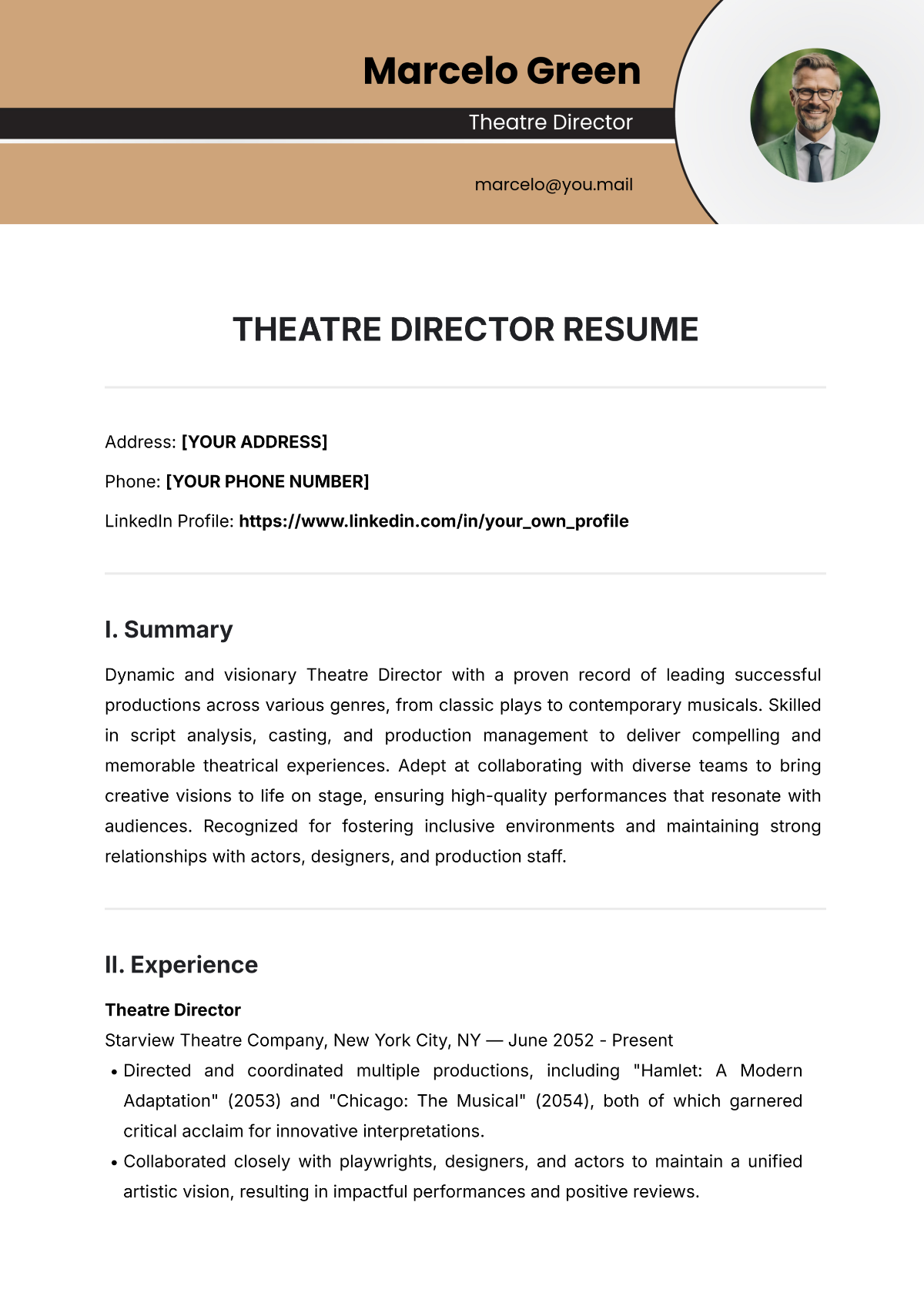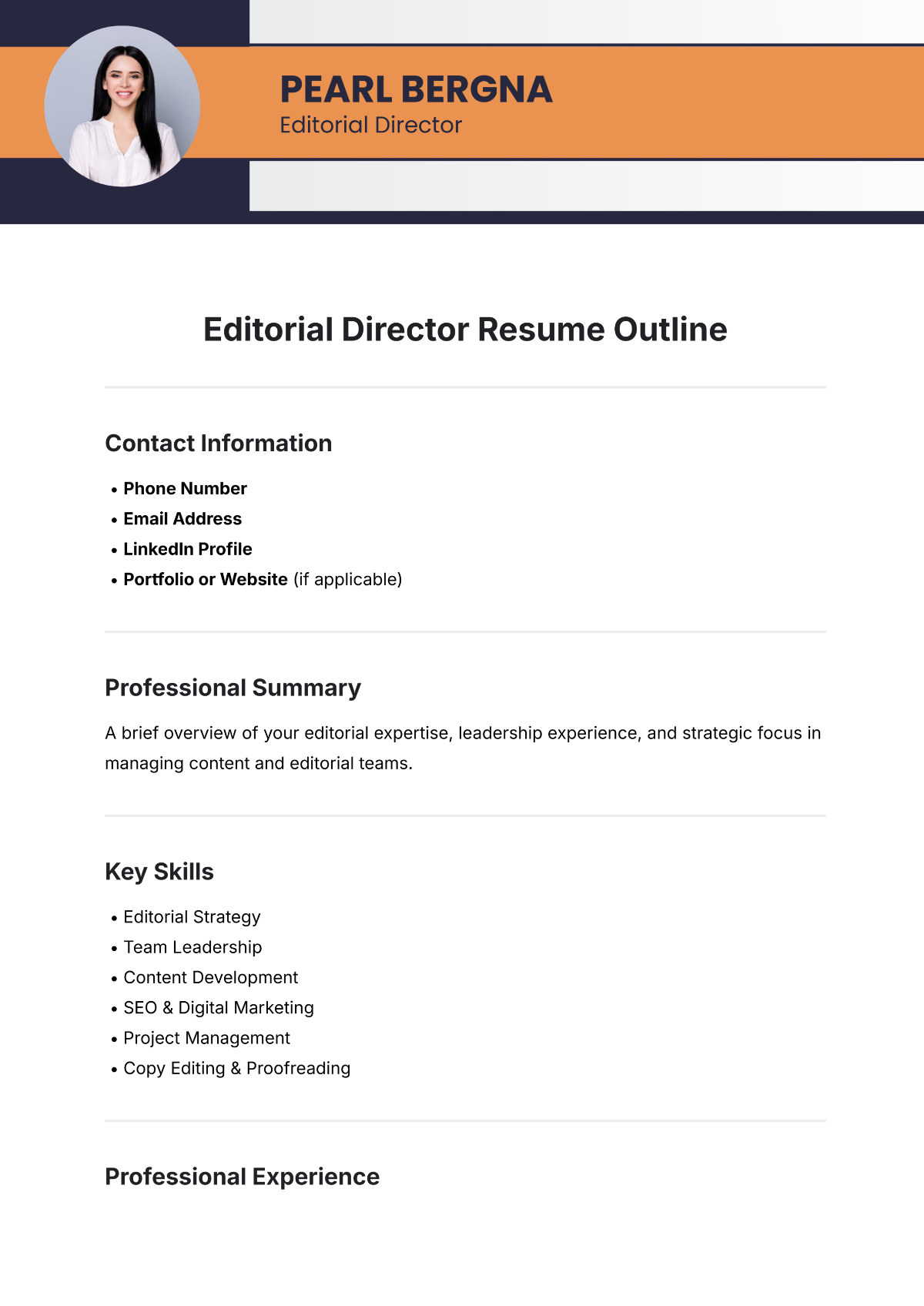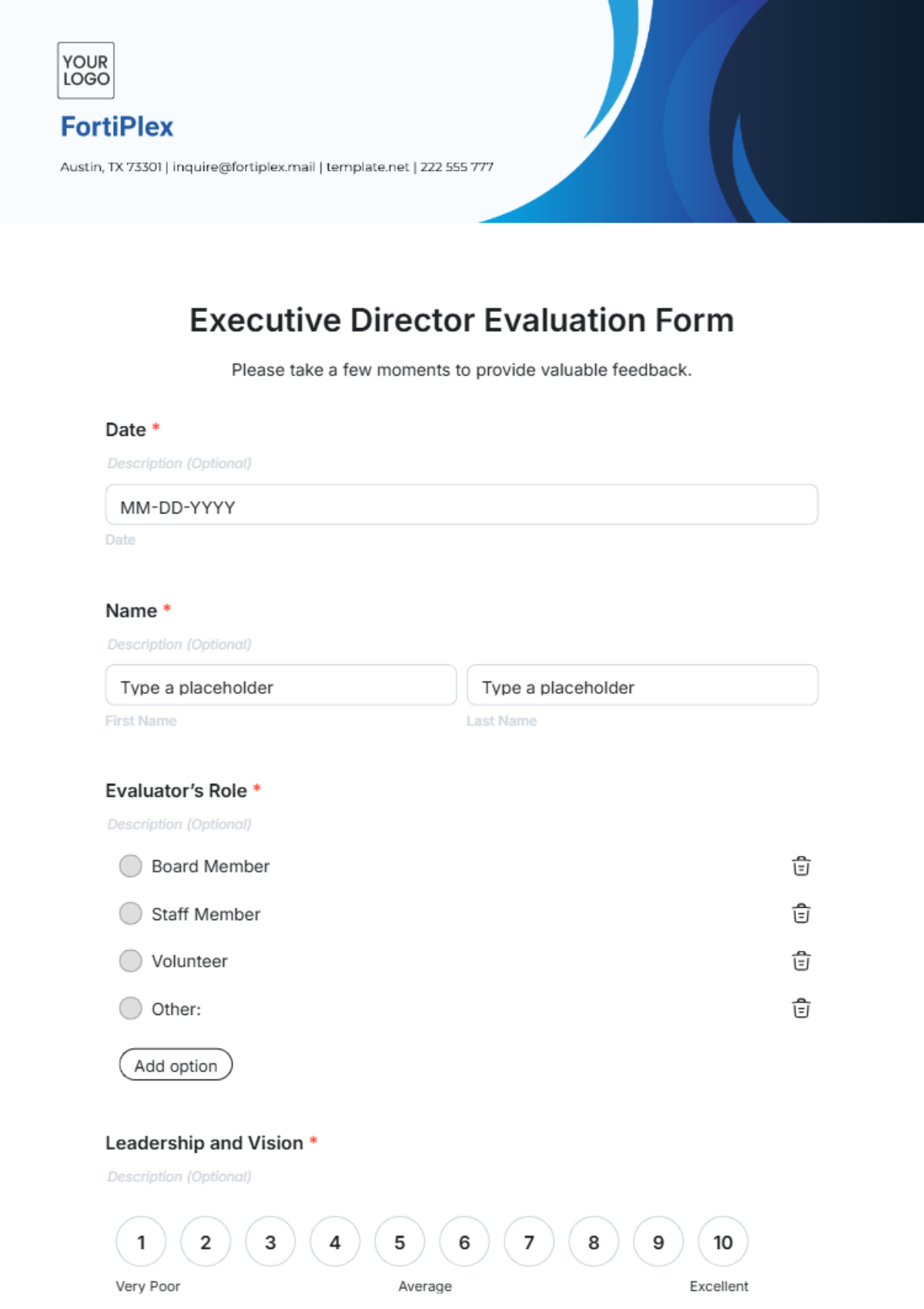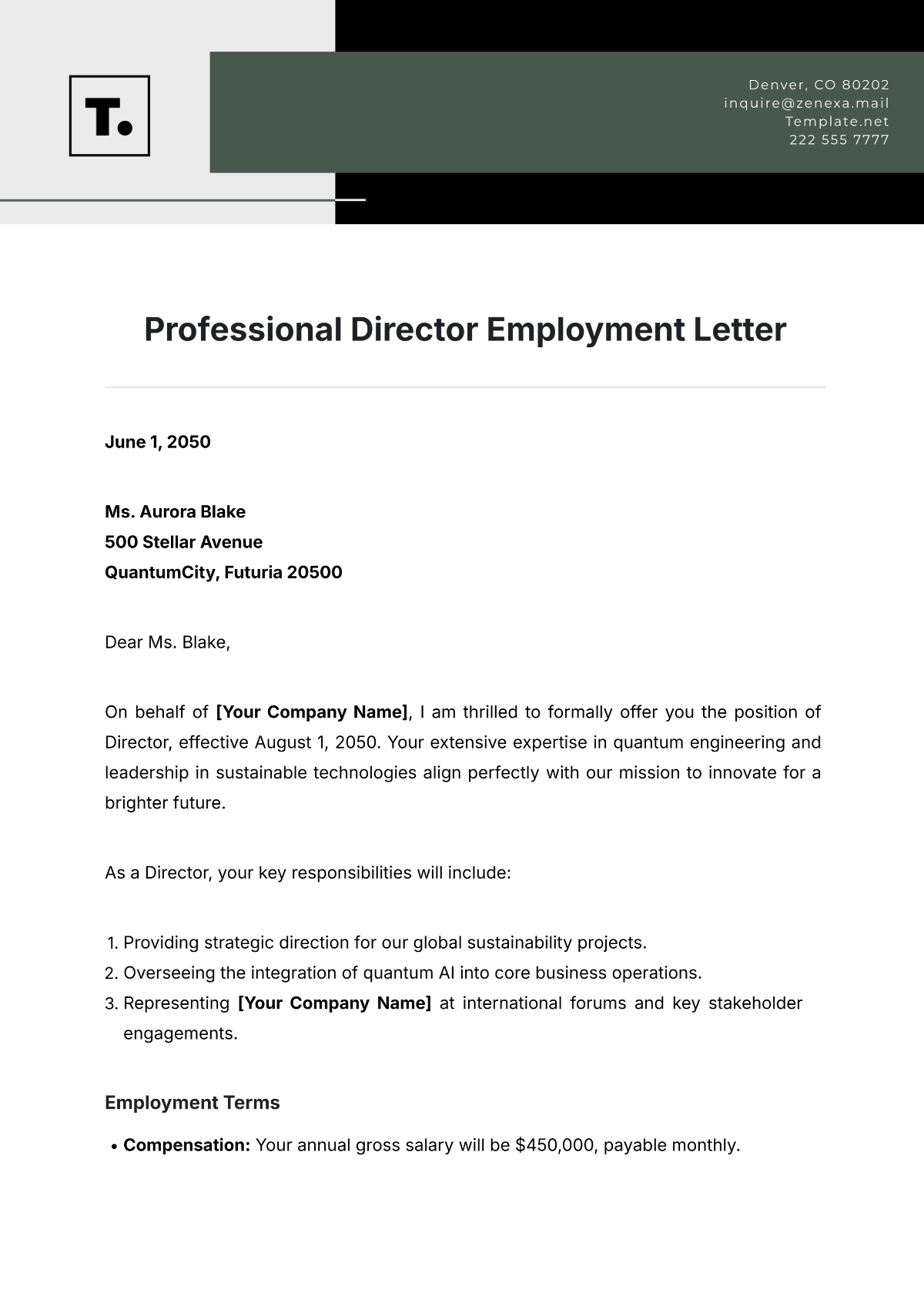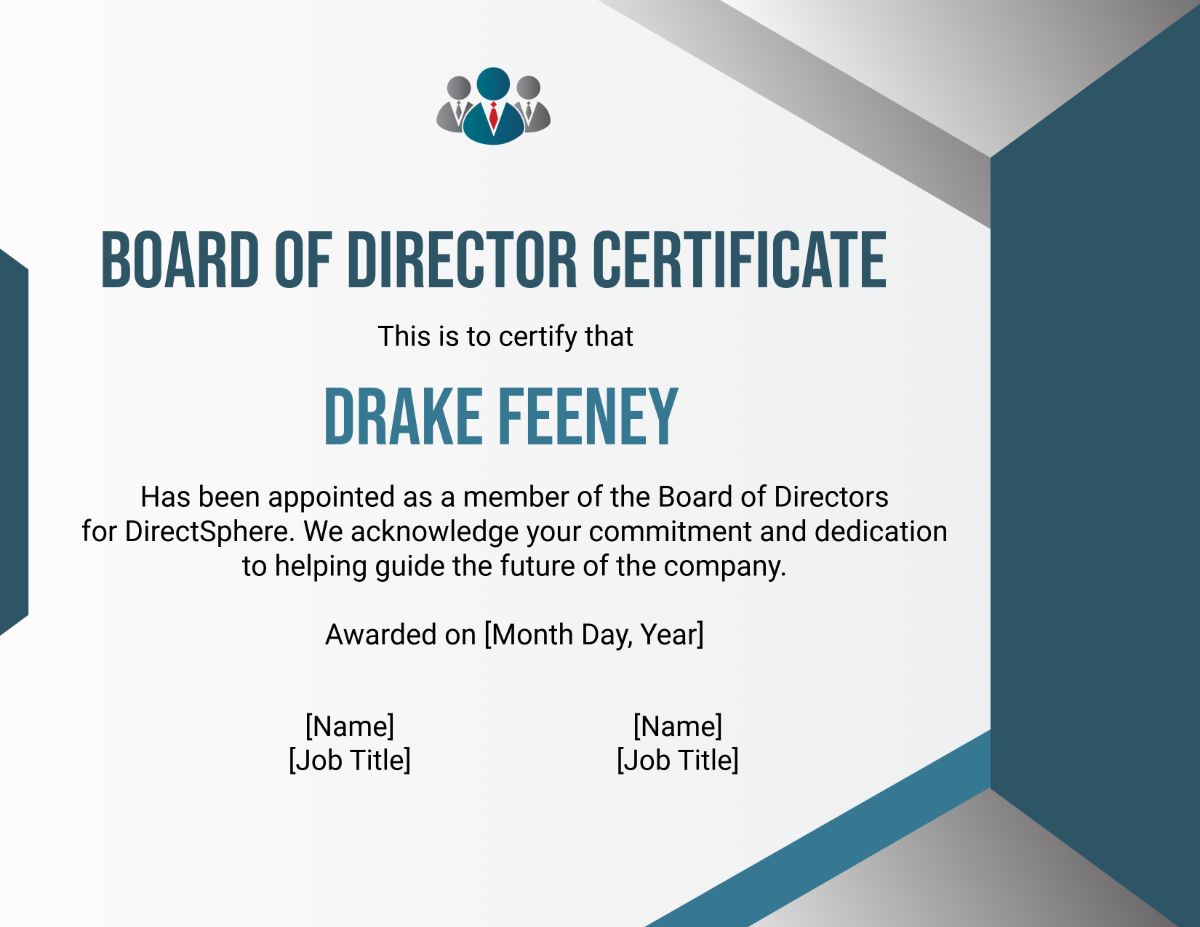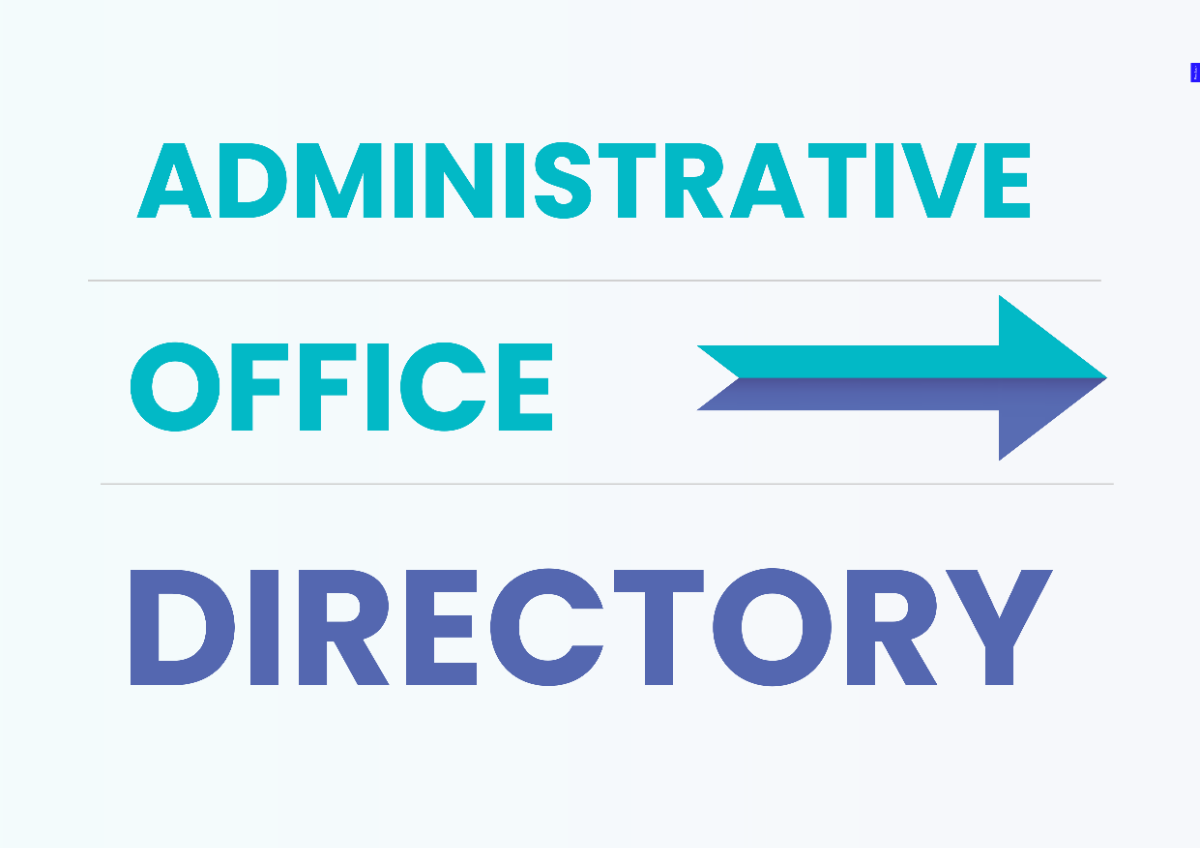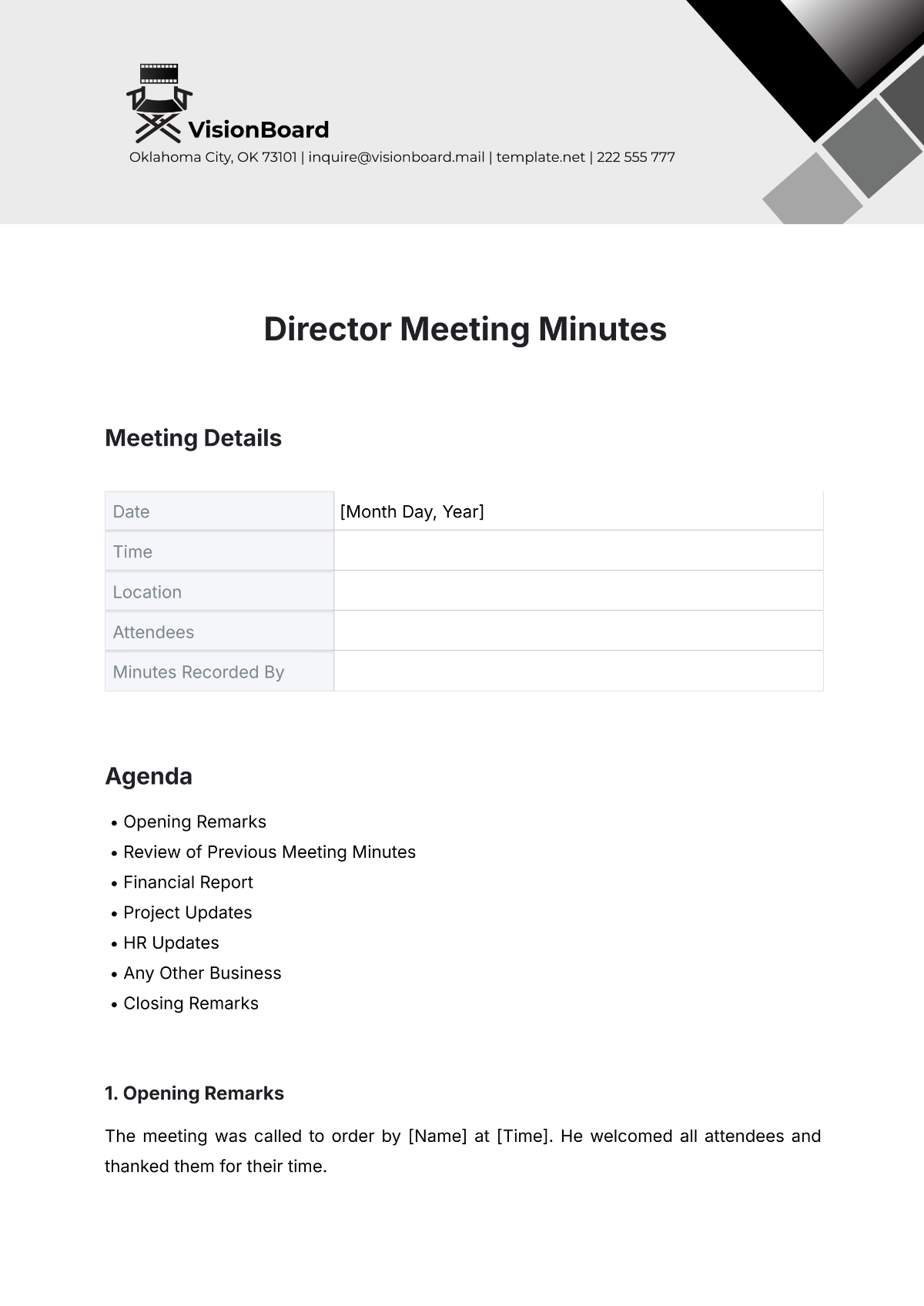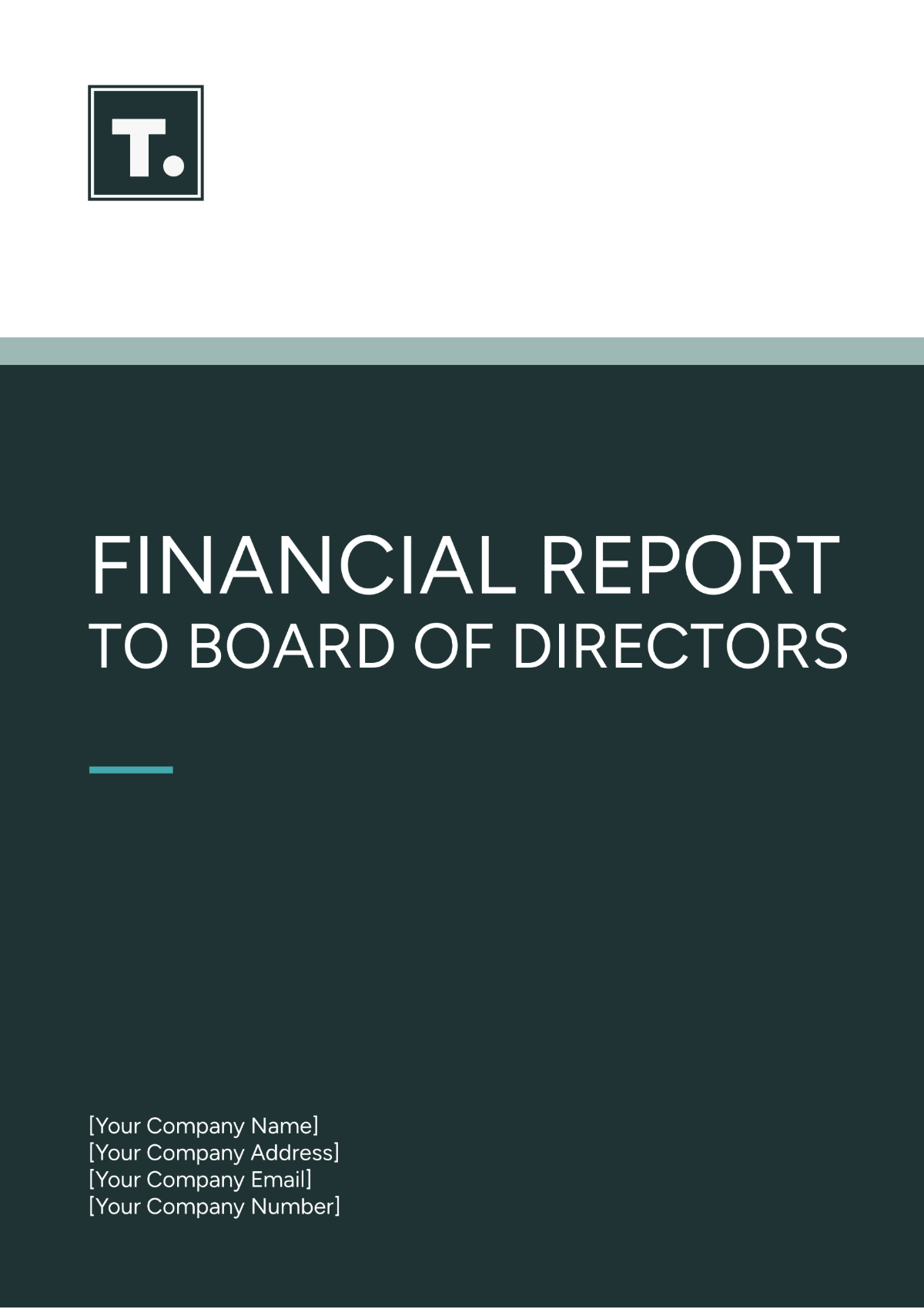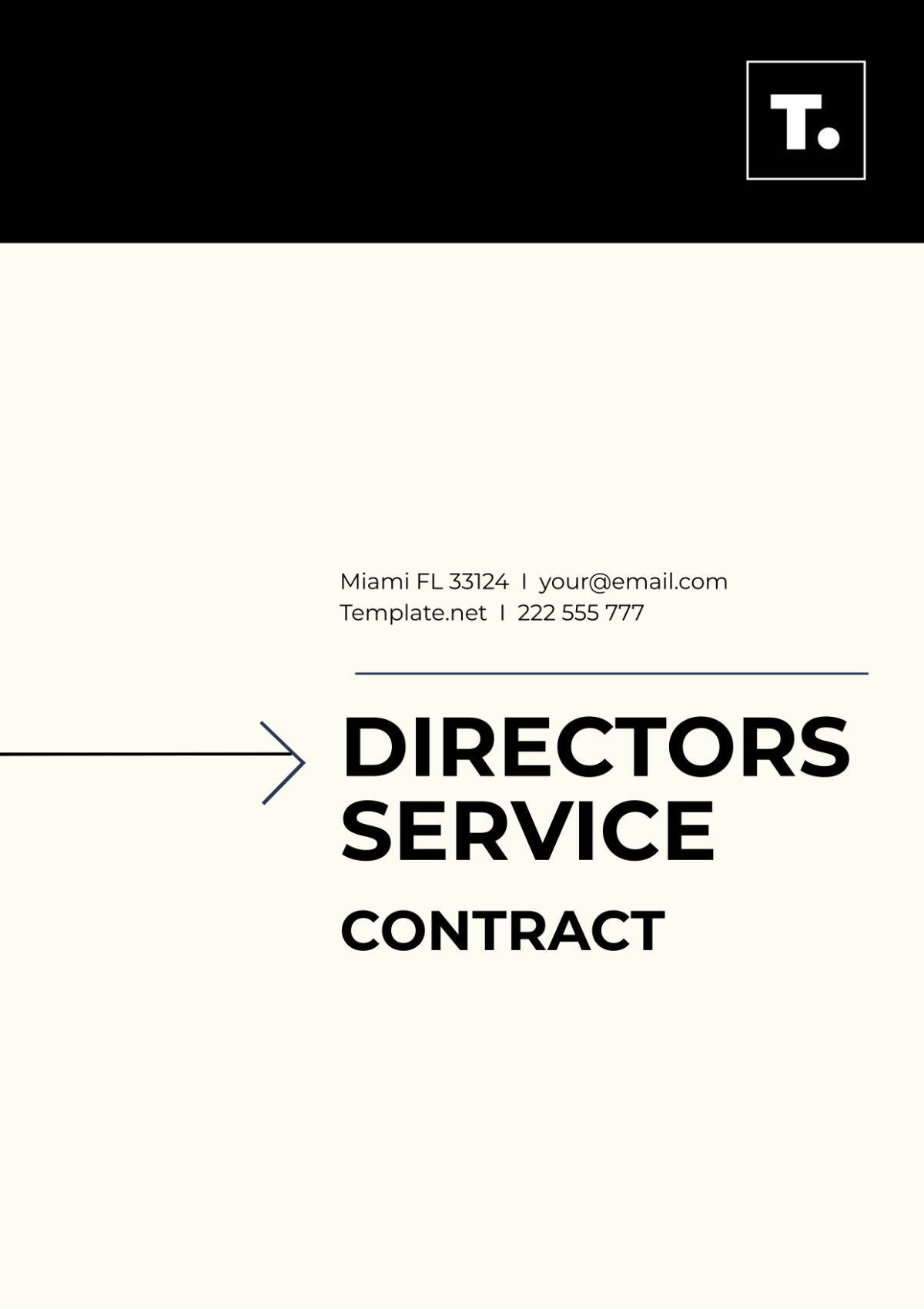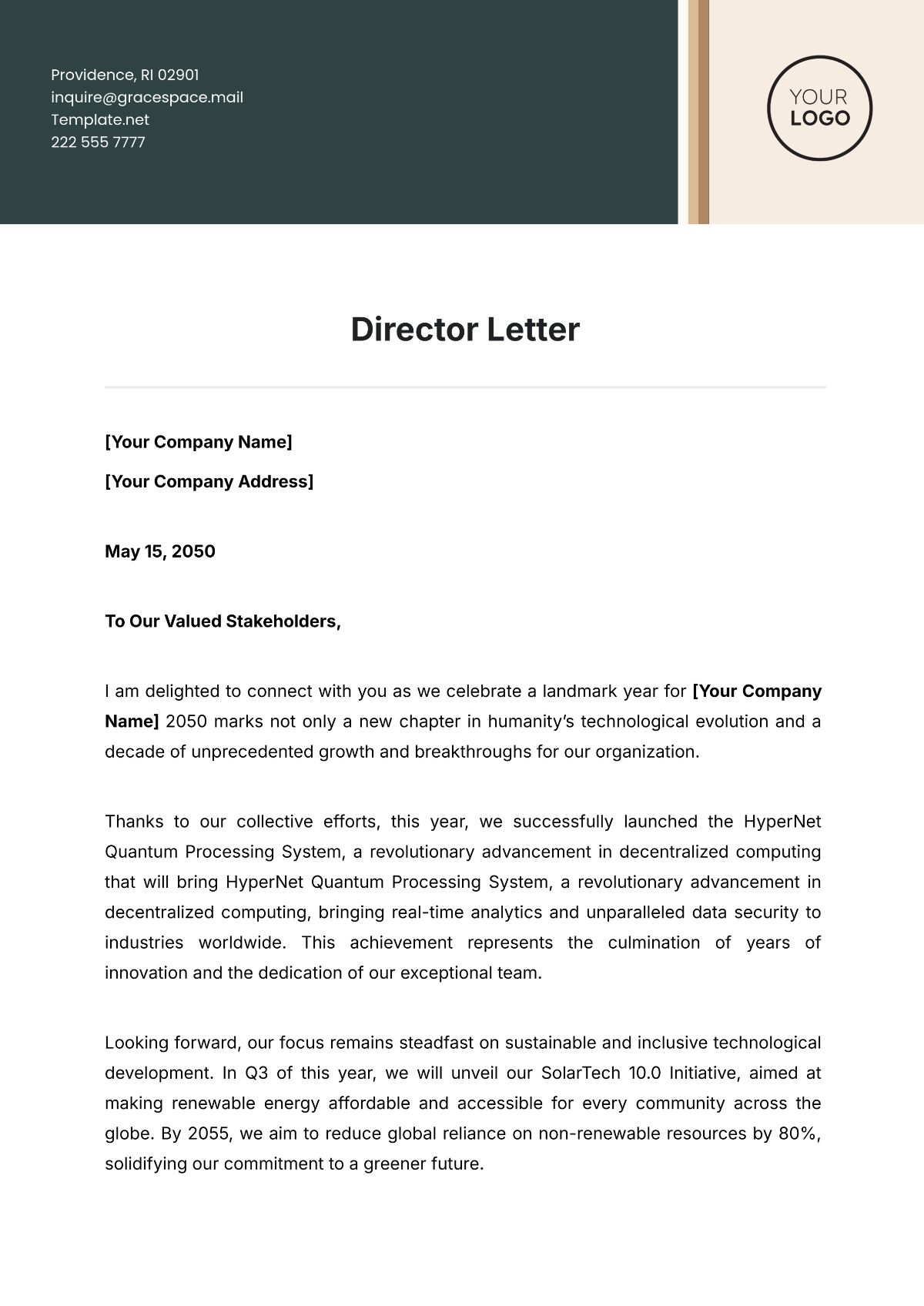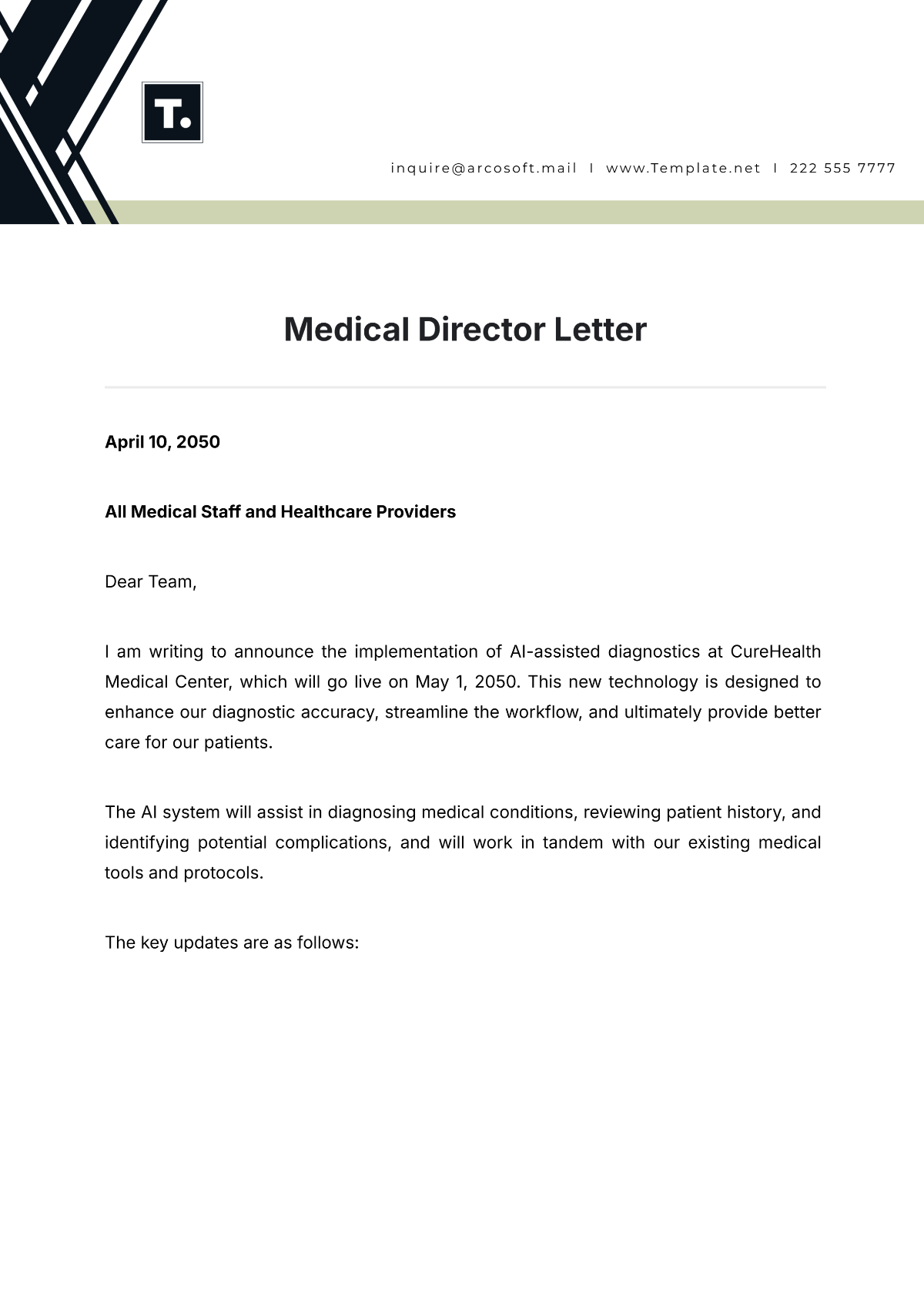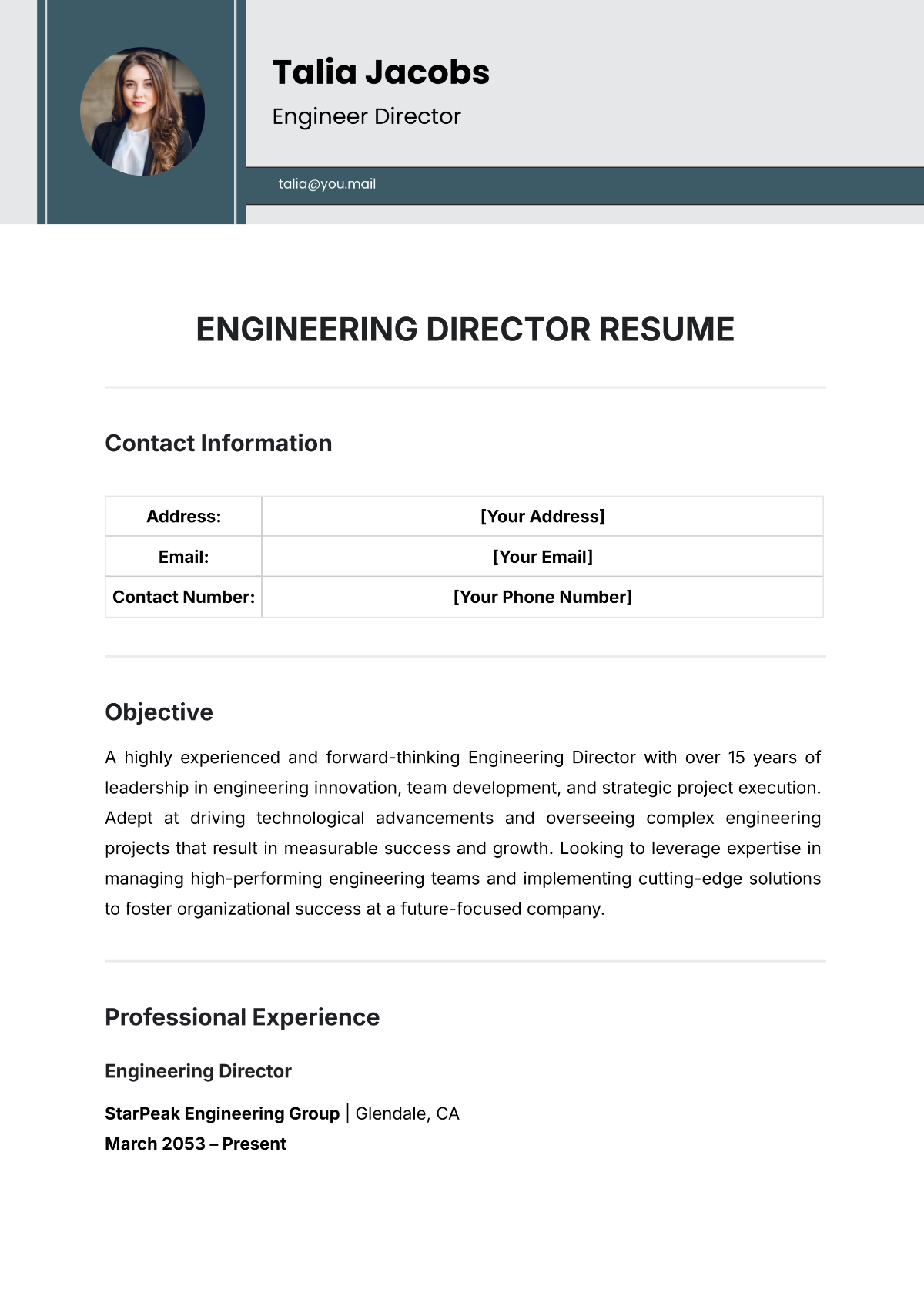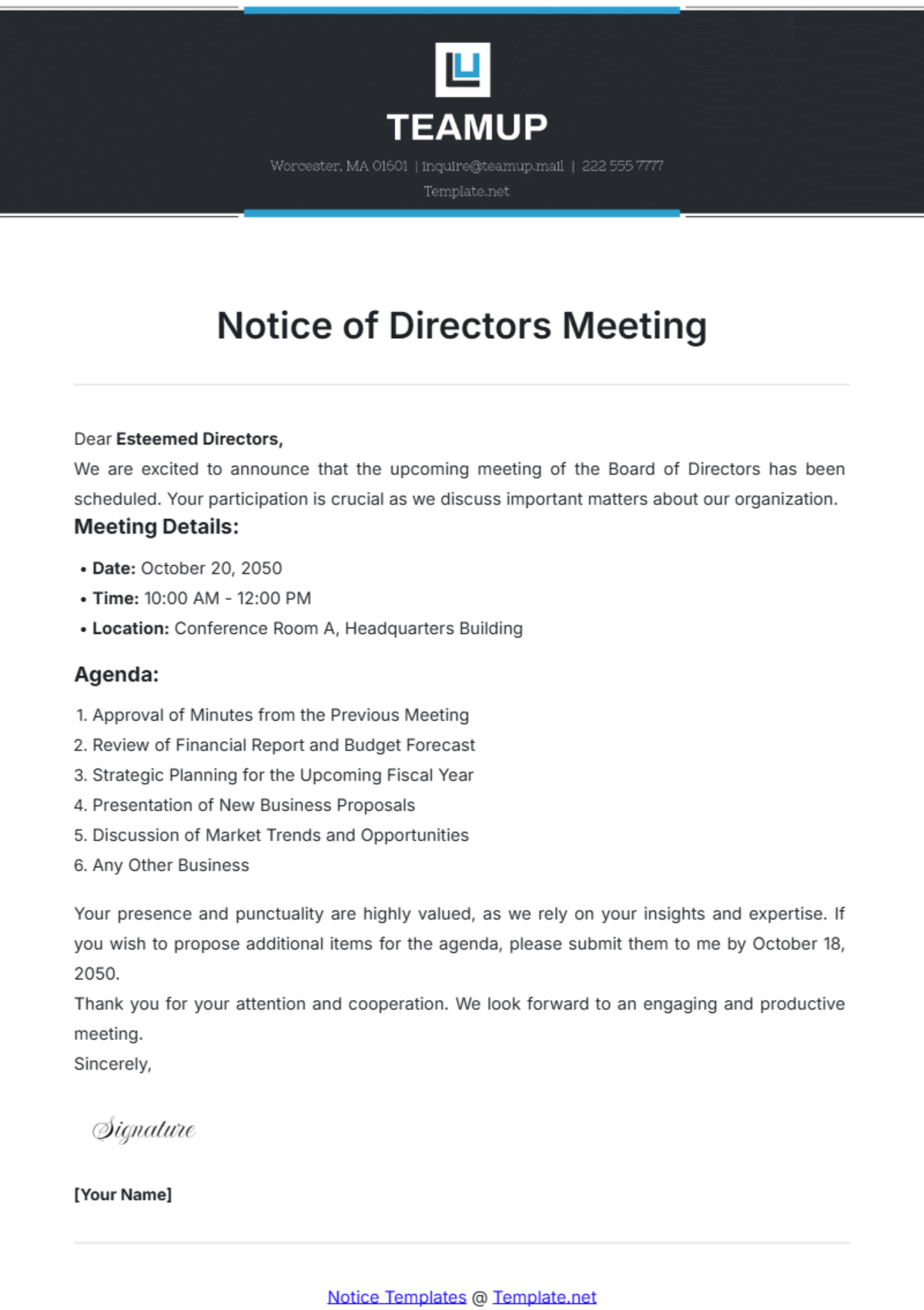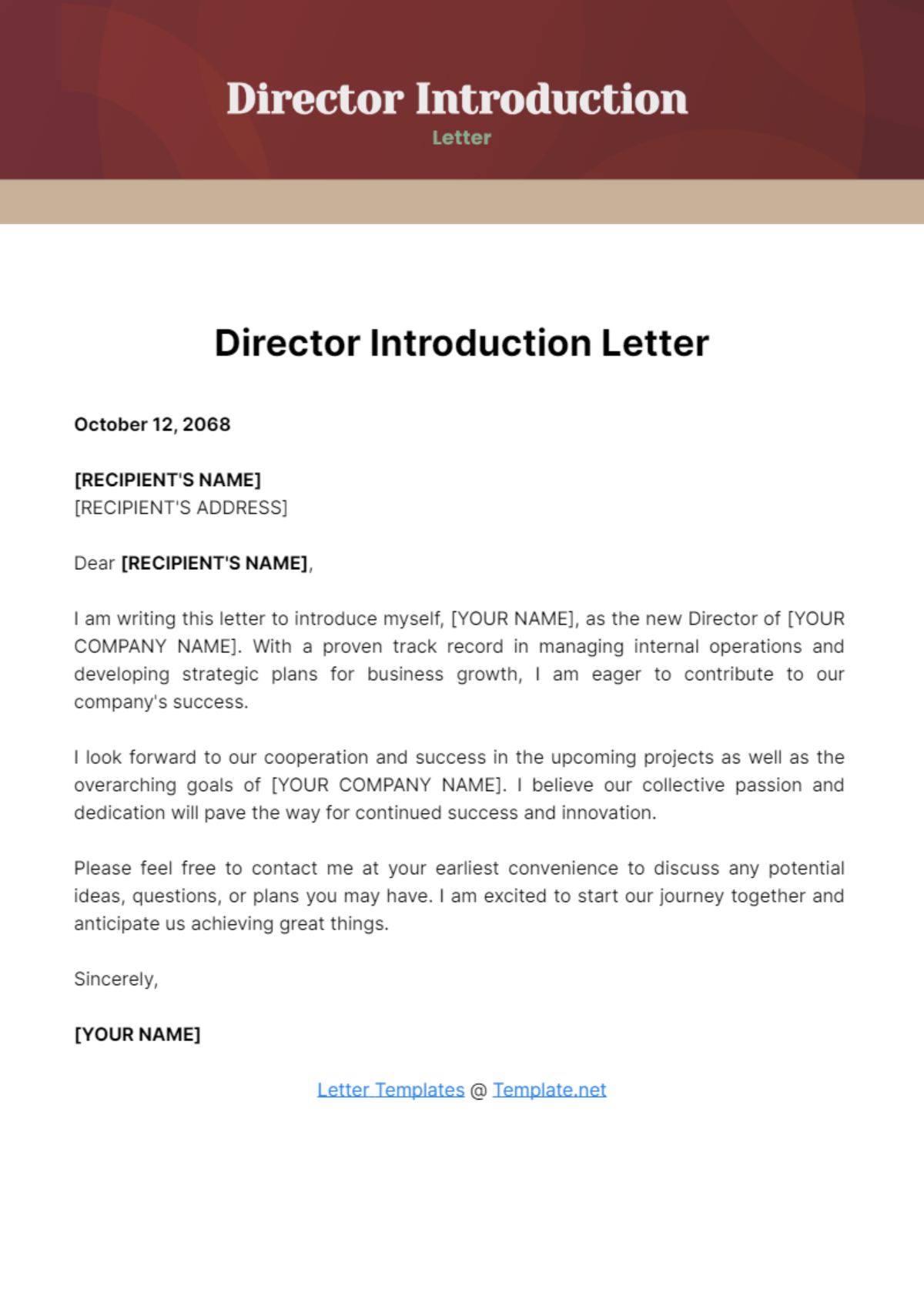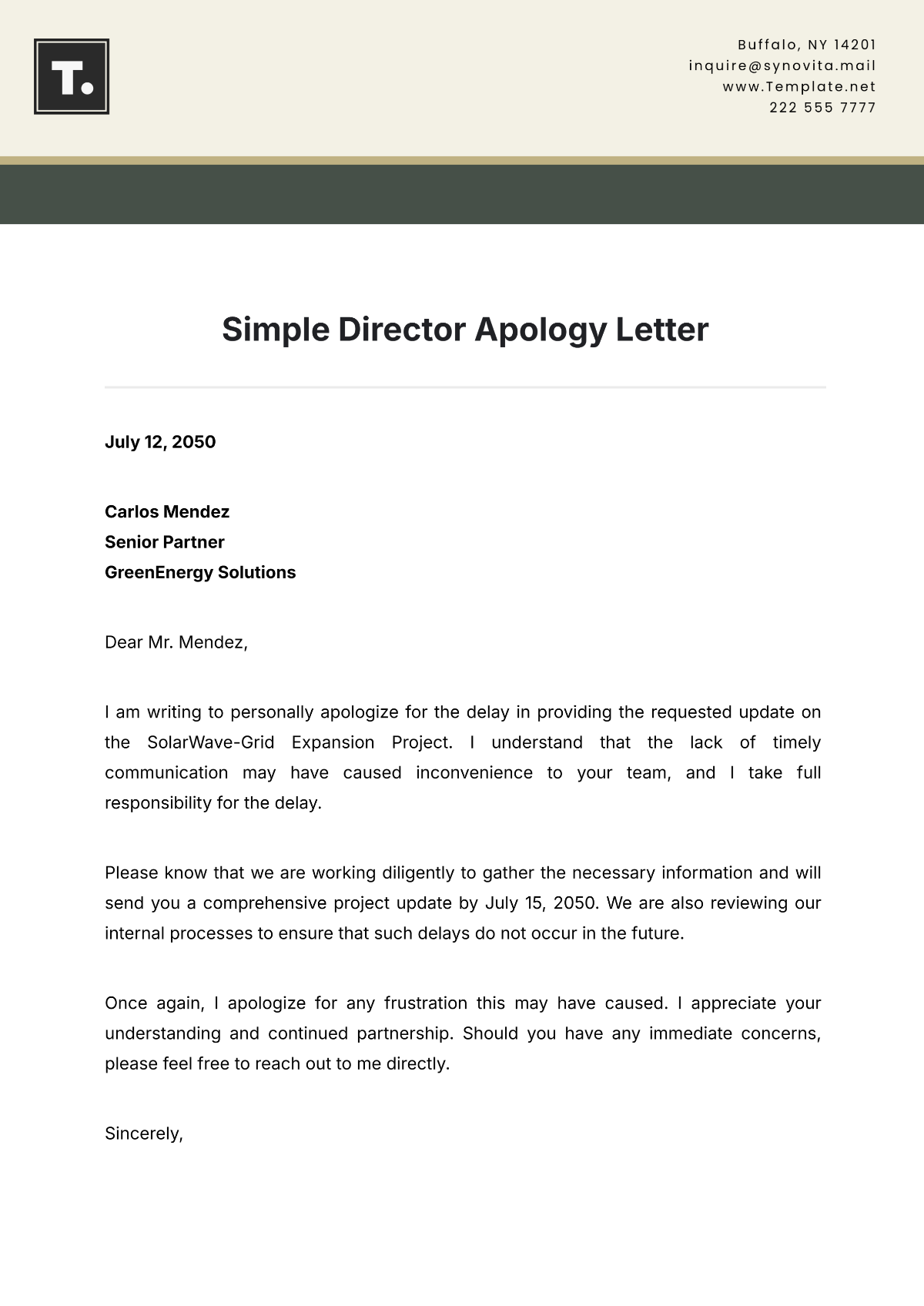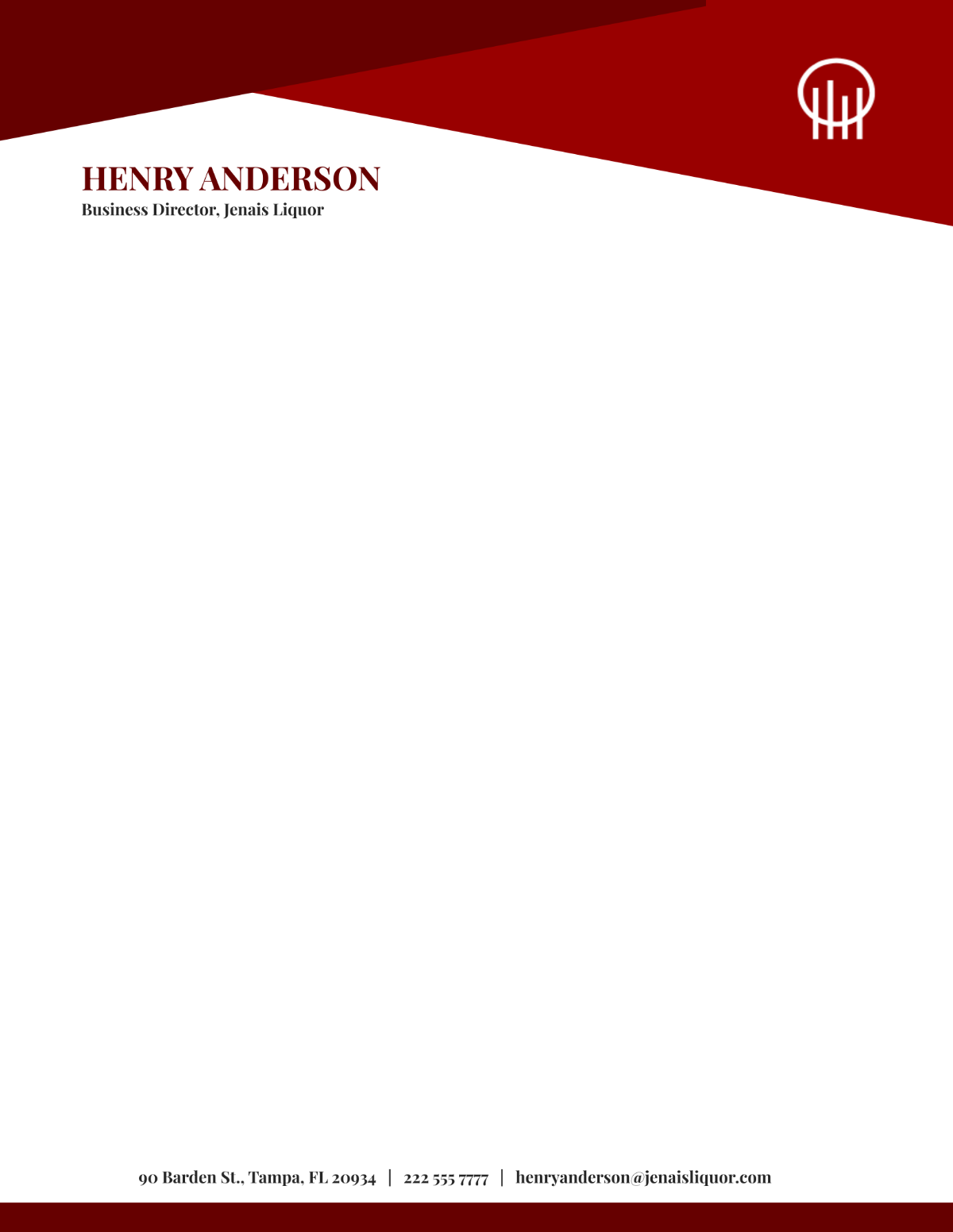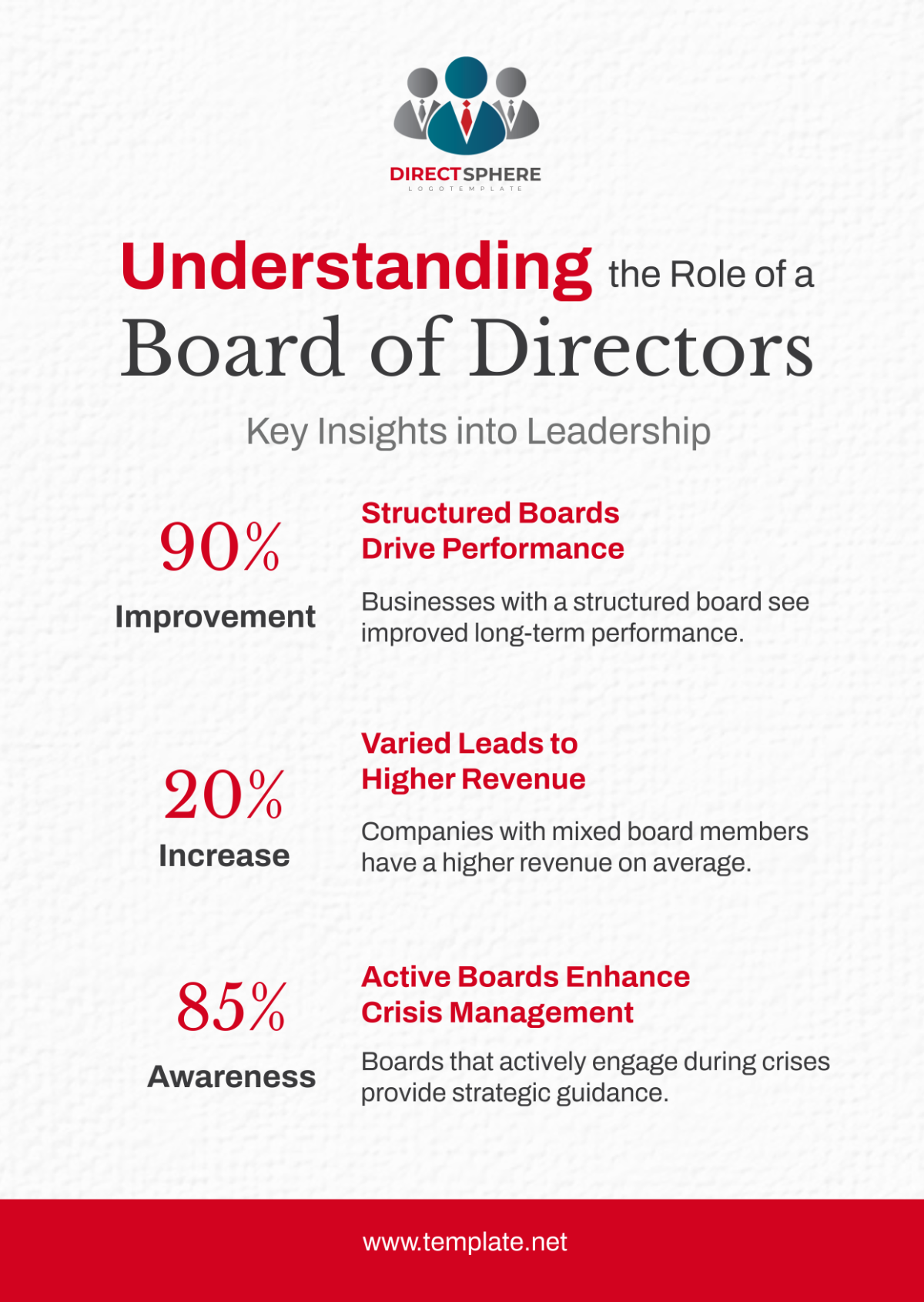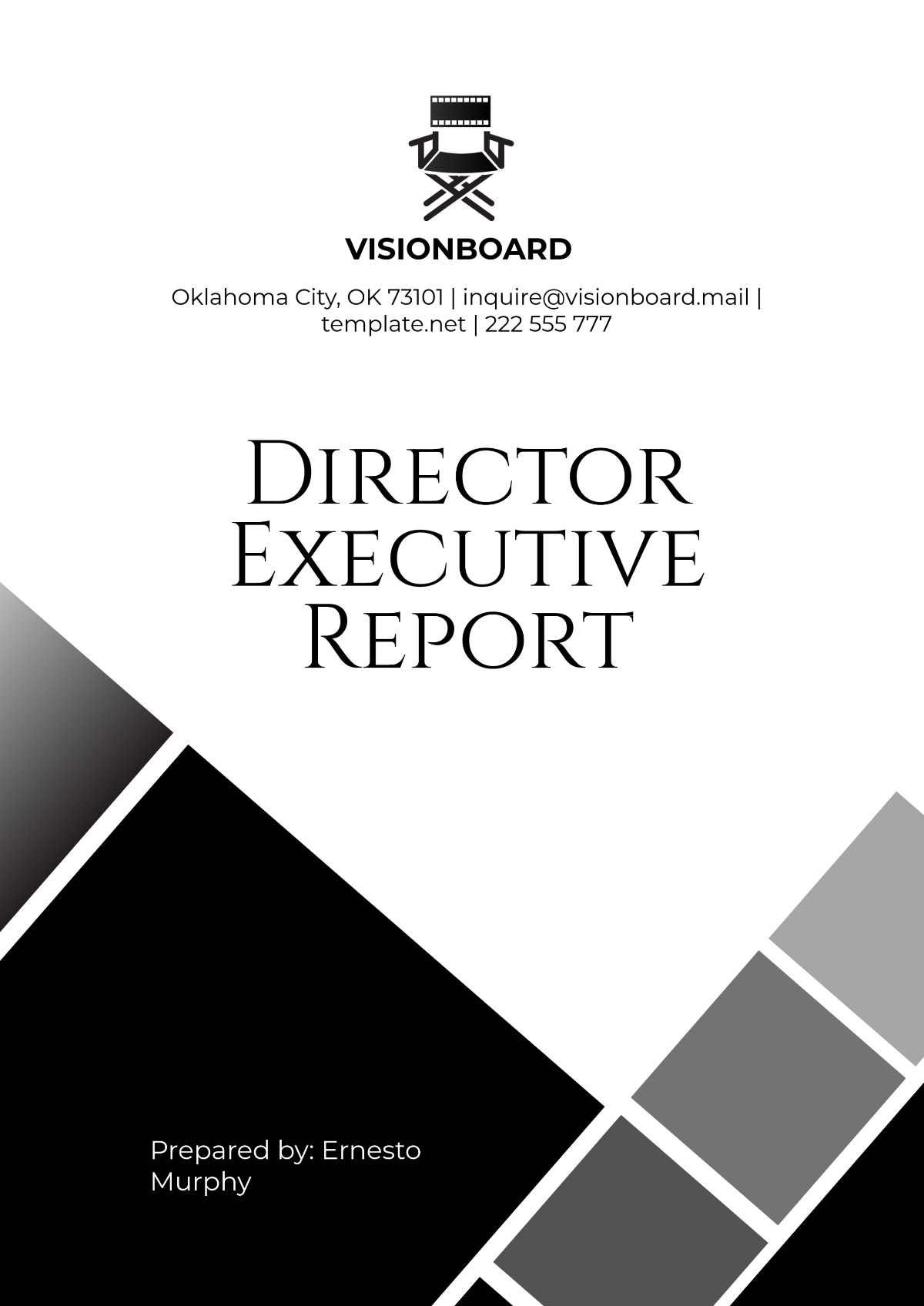Directive Protocol
Name: | [YOUR NAME] |
|---|---|
Company: | [YOUR COMPANY NAME] |
Department: | [YOUR DEPARTMENT] |
Date: | [DATE] |
I. Objectives
The following objectives delineate the aims and purposes of this Directive Protocol:
To furnish comprehensive instructions, guidelines, and directives for the execution of specific tasks within our esteemed organization, [YOUR COMPANY NAME].
To enhance efficiency, accountability, and coordination among team members by meticulously implementing these prescribed procedures.
To ensure uniformity in goal orientation, adherence to established rules, and attainment of predetermined standards across all levels of the organization.
To facilitate timely and efficient communication throughout the organizational hierarchy.
To afford managers and team leaders a heightened expectation of compliance and a reduction in misunderstandings through the dissemination of clear and succinct directives.
To effectively bridge any existing communication lacunae and fortify interdepartmental coordination.
II. Protocol Overview
1. Purpose:
Guide for defining and implementing common use cases.
Ensures consistency, efficiency, and adherence to goals.
Dynamic document updated with policy, market, and regulatory changes.
2. Task Execution:
Clear steps, responsibilities, and timelines.
Guidelines for communication and collaboration.
3. Behavioral Rules:
Define expected behavior, respect, and conflict resolution.
Consequences for violations, accountability.
4. Decision-Making Processes:
Frameworks, criteria, decision authority.
Roles, responsibilities, transparency.
5. Protocol Maintenance:
Responsibility for updates, and regular reviews.
Feedback incorporation, improvement.
6. Compliance and Enforcement:
Awareness, training, and monitoring.
Consistent enforcement, and accountability.
7. Documentation and Accessibility:
Centralized repository, revisions tracking.
Easy access, user-friendly interface.
8. Continual Improvement:
Feedback, evaluation, adjustments.
Align with organizational needs and objectives.
III. Procedure
This section describes the step-by-step guidelines for performing the tasks or actions associated with this Directive Protocol. They are as follows:
1. Step One: Task Execution
Identify the specific task to be executed.
Clarify the roles and responsibilities of individuals involved in the task.
Determine the timeline and any deadlines associated with the task.
Allocate necessary resources and tools required for task completion.
2. Step Two: Decision-Making Processes
Define the decision to be made and its significance within the organization.
Identify key stakeholders and decision-makers involved in the process.
Establish criteria for evaluating available options and making the decision.
Communicate the decision to relevant parties and ensure understanding and alignment.
IV. Data Collection
To ensure that the results of this protocol are measurable and accountable, data collection is an integral component. This comprises both quantitative and qualitative data, including but not limited to:
Key Data Points:
Performance metrics related to task execution.
Feedback from stakeholders regarding decision-making processes.
Compliance rates with behavioral rules and protocol guidelines.
Frequency of protocol updates and revisions.
Methods of Data Collection:
Surveys and questionnaires to gather feedback from employees.
Regular performance evaluations and reviews.
Analysis of compliance reports and incident logs.
Tracking of protocol revision history and documentation.
Points of Data Collection:
Before and after task execution to assess effectiveness and efficiency.
During decision-making processes to capture stakeholder input and outcomes.
Periodically to monitor adherence to behavioral rules and protocol guidelines.
Following protocol updates or revisions to evaluate their impact and effectiveness.
V. Safety Considerations
Safety considerations encompass any potential risks or hazards that might occur while executing the directive protocol. Here are some safety measures:
Safety Measures:
Conducting thorough risk assessments before task execution.
Providing appropriate training and guidance on safety procedures.
Ensuring the availability and proper use of personal protective equipment (PPE).
Implementing emergency response protocols and evacuation procedures.
Regular maintenance and inspection of equipment and facilities to prevent accidents.
Establishing clear communication channels for reporting safety concerns or incidents.
VI. Expected Results
Upon successful execution of this directive protocol, the expected outcome includes:
Expected Results:
Improved efficiency in task execution due to clarified procedures and roles.
Enhanced communication and collaboration among team members.
Increased compliance with behavioral rules and protocol guidelines.
Enhanced decision-making processes result in better outcomes.
Greater accountability and transparency within the organization.
VII. Conclusion/Summary
This Directive Protocol is a proactive tool that facilitates task execution, communication, and compliance within [YOUR COMPANY NAME]. It outlines the standard procedures and rules to be followed, ensuring consistency and alignment with organizational goals. Remember, this protocol is not static but should evolve with the changing needs of our organization. Feedback and input from users of this directive protocol are encouraged to enhance its effectiveness and usability.
